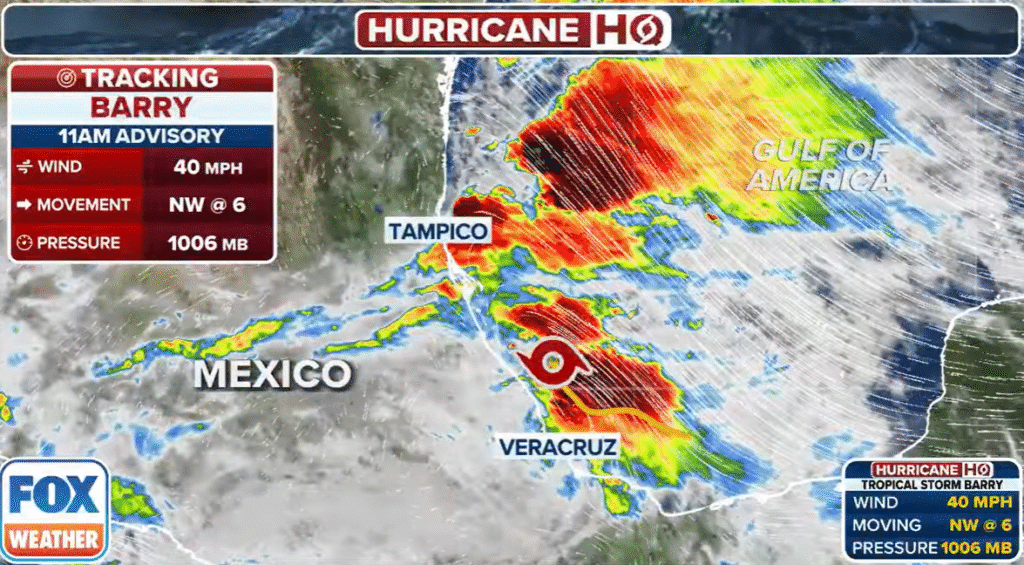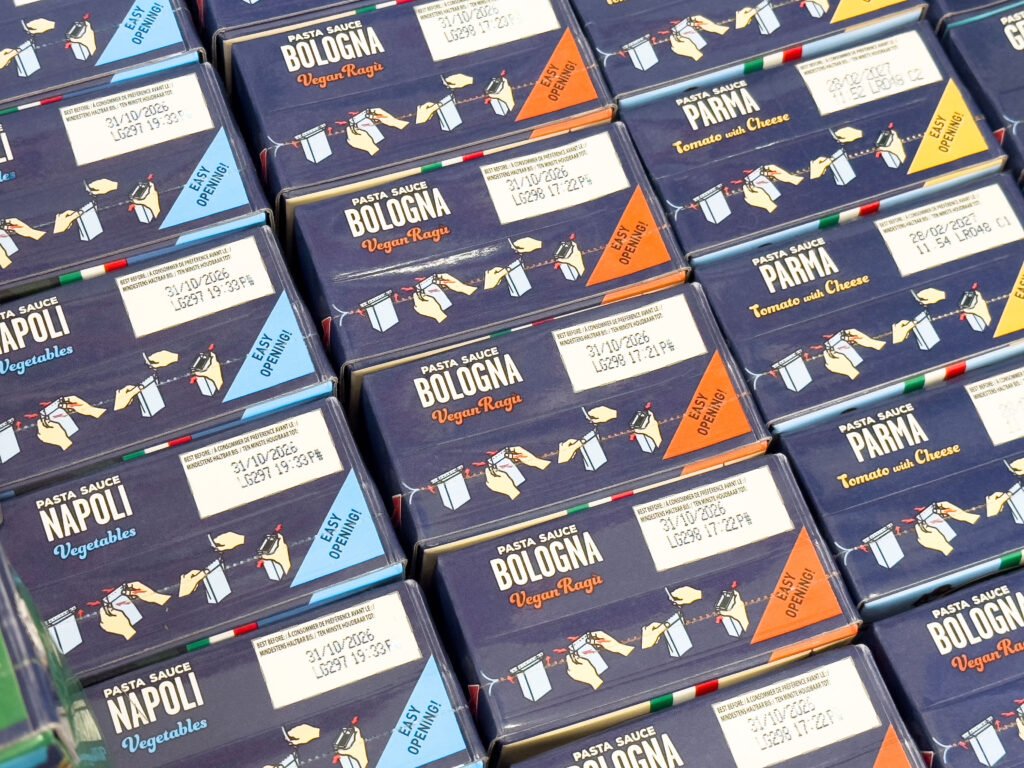A Critical Breach in Enterprise Collaboration
On July 19–20, 2025, security experts and organizations worldwide went on high alert after the disclosure of a devastating zero-day vulnerability—CVE-2025-53770, dubbed “ToolShell”—in Microsoft SharePoint Server. This flaw has allowed hackers to compromise tens of thousands of on-premises SharePoint installations across sectors, including government, academia, and private enterprise. The gravity of this breach is underscored by the victims: confirmed incidents range from European agencies and a Brazilian university to U.S. municipal governments and Asian telecommunications firms.
How the Attack Unfolded
At the core of the attack was a previously unknown flaw that enabled remote code execution (RCE) by unauthenticated actors. Exploiting the SharePoint “ToolPane” feature, the attackers delivered malicious requests to upload a custom .aspx payload (usually spinstall0.aspx). This payload targeted the extraction of cryptographic MachineKeys critical to SharePoint’s authentication system. Once obtained, these keys allowed hackers to forge identity tokens, impersonate users, and maintain silent, persistent access—even if patches were subsequently applied.
Key Technical Details
- Flaw: The attack abused deserialization of untrusted data to bypass normal authentication mechanisms.
- Payload: Typically a file named
spinstall0.aspxuploaded through a manipulated HTTP header. - Targets: The vulnerability hits on-premises SharePoint Server 2016, 2019, and Subscription Edition—cloud-based SharePoint Online was not affected.
- Persistence: Attackers could use stolen cryptographic keys to retain access or escalate privileges inside affected networks, necessitating more than just patching for remediation.
The Scope and Impact
Security agencies and Microsoft confirm at least 85 organizations have sustained verified breaches, with total potential exposure affecting tens of thousands of servers globally. The incident spurred immediate collaborative responses from agencies such as the FBI, CISA, and Department of Defense as forensic teams scrambled to measure the attack’s real reach and coordinate mitigation.
Notable Impacted Sectors
- Government agencies (U.S., EU, Brazil, Asian countries)
- Higher education (notably in Brazil)
- Local governments (e.g., Albuquerque, U.S.)
- International telecommunications companies
Microsoft’s and Security Community’s Response
Microsoft responded with security patches for SharePoint Subscription Edition and Server 2019, and issued detection and mitigation guidance for affected 2016 servers (pending a full patch release as of July 21, 2025). Notably, Microsoft and independent researchers have stressed that simply applying patches is insufficient: if attackers have already stolen MachineKeys, organizations must rotate these cryptographic secrets to prevent ongoing access.
Essential Response Steps
- Apply Latest Patches: Update immediately if using Subscription Edition or 2019; monitor for the 2016 patch.
- Rotate MachineKeys: Change cryptographic keys after patching to block attackers with stolen credentials.
- Audit for Compromise: Check for unusual POST requests to
/ToolPane.aspx, the presence ofspinstall0.aspx, and connections to suspicious IPs (notably: 107.191.58.76, 104.238.159.149, 96.9.125.147). - Limit Exposure: Temporarily disconnect exposed SharePoint servers from the internet if a full mitigation isn’t yet possible.
- Monitor Networks: Stay vigilant for lateral movement or persistence across internal Windows domains.
Broader Lessons: On-Premises Risks
This event starkly highlights the risks of exposing on-premises collaboration software to the public internet. Given how deeply SharePoint integrates with Microsoft Office, Teams, OneDrive, and Outlook, even a single breach can open doors to far-reaching attacks within enterprise and government IT environments.
Summary Table
| Aspect | Details |
|---|---|
| Vulnerability | CVE-2025-53770 (“ToolShell”)—zero-day RCE in SharePoint |
| Attack Strategy | Deserialization flaw, authentication bypass, machine key theft |
| Affected Versions | SharePoint Server 2016, 2019, Subscription Edition—on-premises installations only |
| Not Affected | SharePoint Online (Microsoft 365) |
| Confirmed Breaches | Over 85 organizations, thousands of servers at risk |
| Official Response | Patches for SE/2019, mitigations for 2016, urgent key rotation required |
| Forensic Markers | Traffic to /ToolPane.aspx, spinstall0.aspx, and specific suspicious IP addresses |
What Should Organizations Do Now?
If you operate an on-premises SharePoint server:
- Patch your systems immediately.
- Rotate cryptographic MachineKeys, especially if compromise indicators are present.
- Conduct thorough forensic audits and monitor for lateral threat movement.
- Evaluate whether exposure to the internet is truly necessary, and consider long-term strategies for reducing risk.
Conclusion
The July 2025 SharePoint hack is the latest, and one of the most severe, examples of how even the most trusted enterprise software can become a vector for large-scale cyberattacks. With the details of the attack and its indicators now public, swift coordinated action is essential to contain the ongoing threat and prevent future breaches of this scale.


